Some topics are trickier than others to discuss with kids, and broaching the unavoidable topic of puberty tops the list. A time-honored tradition is to purchase a good book on the subject and leave it in the bathroom where it can be discovered and investigated in private.
While it might seem like a lazy approach to a very important topic, the book-in-the-bathroom tactic allows kids to find the answers to simple questions (about body odor, ear wax, or voice changes) while teeing up more complex topics that they might not know how to talk about (from weight gain, to erections, to all sorts of new feelings, including anger). None of these conversations will take place overnight, but with information at the ready, kids will feel braver asking parents the questions that are at the front of their minds as their bodies start to change.
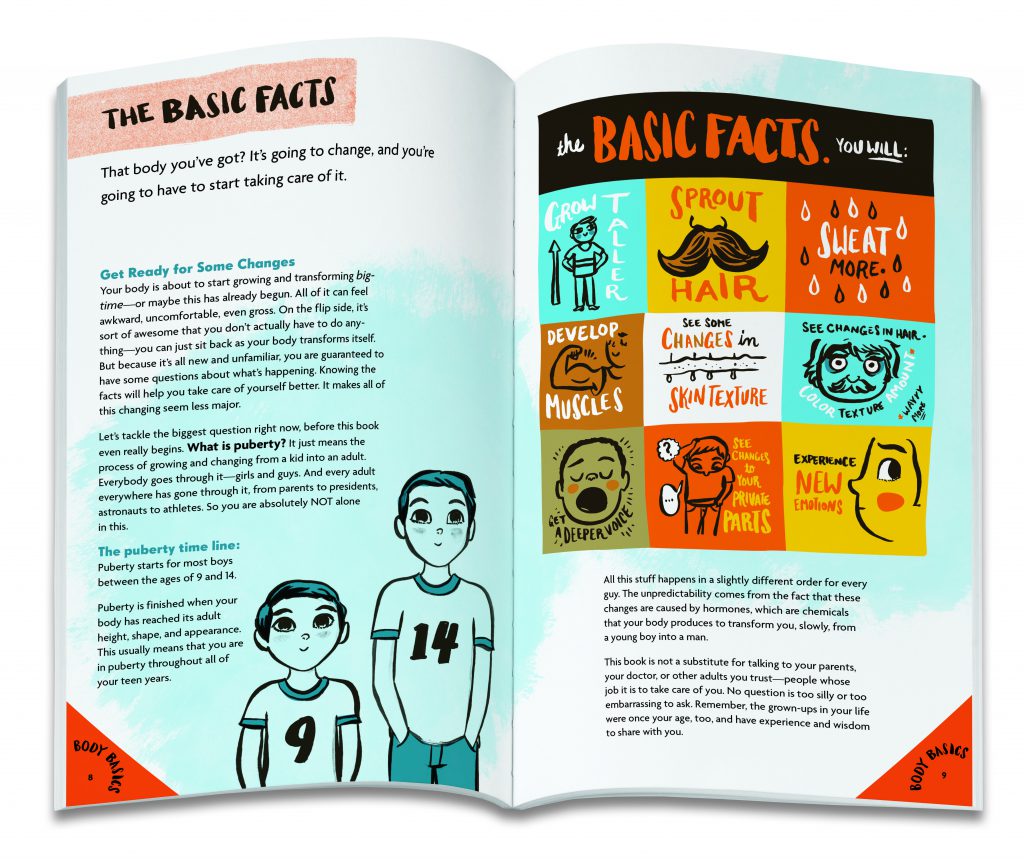 For years, parents of girls have turned to a book published by American Girl (yes, the doll company) called The Care and Keeping of You: The Body Book for Girls, which has sold over 6 million copies since 1998. Finally, parents of boys have a worthy option; this week is the debut of Guy Stuff: The Body Book for Boys.
For years, parents of girls have turned to a book published by American Girl (yes, the doll company) called The Care and Keeping of You: The Body Book for Girls, which has sold over 6 million copies since 1998. Finally, parents of boys have a worthy option; this week is the debut of Guy Stuff: The Body Book for Boys.
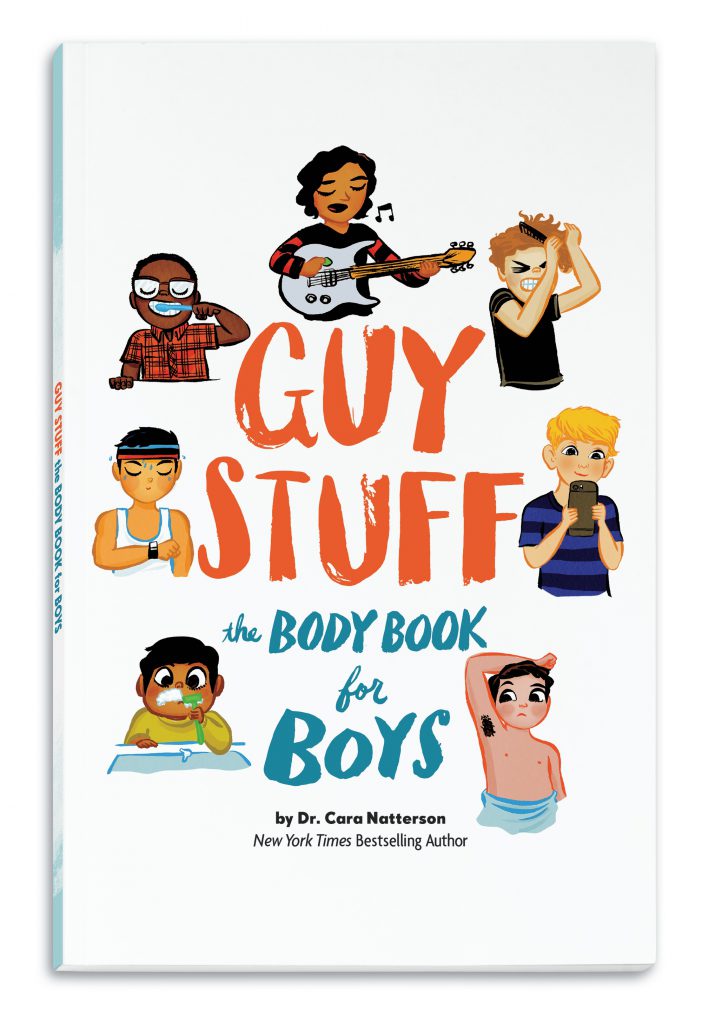 Both American Girl’s books — for boys and for girls – are written by a well-respected (and beloved) local pediatrician, Dr. Cara Natterson. Dr Natterson, who lives in in LA and has a 14-year old daughter and a 12 year-old son, strikes the perfect balance in the texts, delivering essential information in a casual, friendly tone.
Both American Girl’s books — for boys and for girls – are written by a well-respected (and beloved) local pediatrician, Dr. Cara Natterson. Dr Natterson, who lives in in LA and has a 14-year old daughter and a 12 year-old son, strikes the perfect balance in the texts, delivering essential information in a casual, friendly tone.
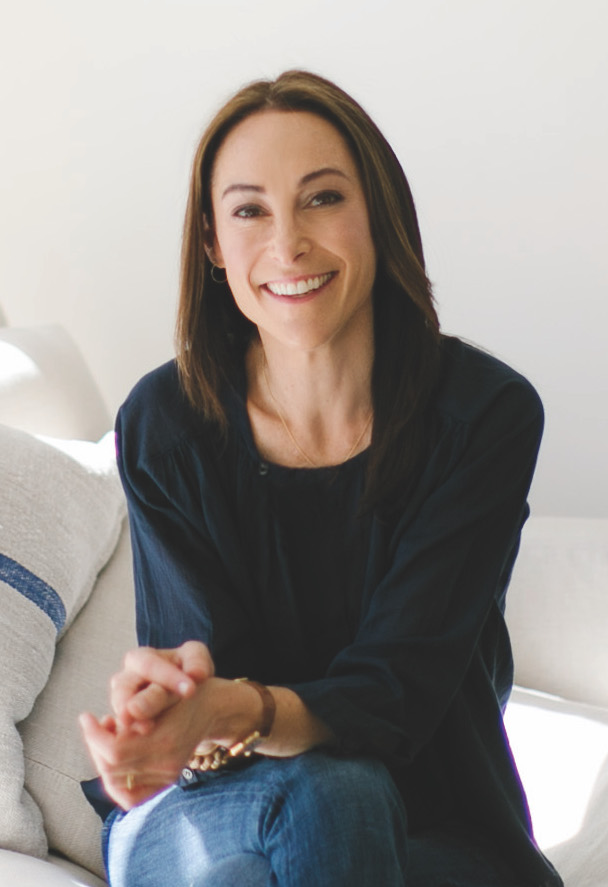
Dr Natterson points out that “the different hormones that rule girl and boy puberty also affect how the genders talk about puberty.” Girls talk about feelings, usually, and often boys clam up when it comes to talking about these sensitive subjects.
“Boys have very little puberty-related content directed their way. But, just because they are male doesn’t make them any less motivated to grow up safely and healthfully. Pimples, hand washing, hair care, feelings, friend shifts… none of those things is exclusively female. In the end, I hope these books make the case that growing up is human. There is far more common ground between the “girl” book and the “boy” book than most readers will expect”.
The book is appropriate for 7- or 8- year old boys, but Dr. Natterson advises that parents read it first so they know how topics are presented. Her advice is to spread “the Talk” over several years, rather than trying to tackle it all at once. Start early, approach the topic through piecemeal conversations that are non-threatening and routine. She also stresses the importance of presenting the facts in a straightforward manner so that kids don’t wind up turning to the internet when they are worried about what’s going on.
“When boys look up a body-related question on the internet because they are too embarrassed to ask a trusted adult, they run the risk of stumbling onto untrue answers or, worse yet, extremely graphic images. Trust me when I say that if your son is uncomfortable talking about puberty, he will be 100 times more uncomfortable talking about some of the stuff he comes across in an online search. An age appropriate resource like Guy Stuff saves him from wandering down that road”.
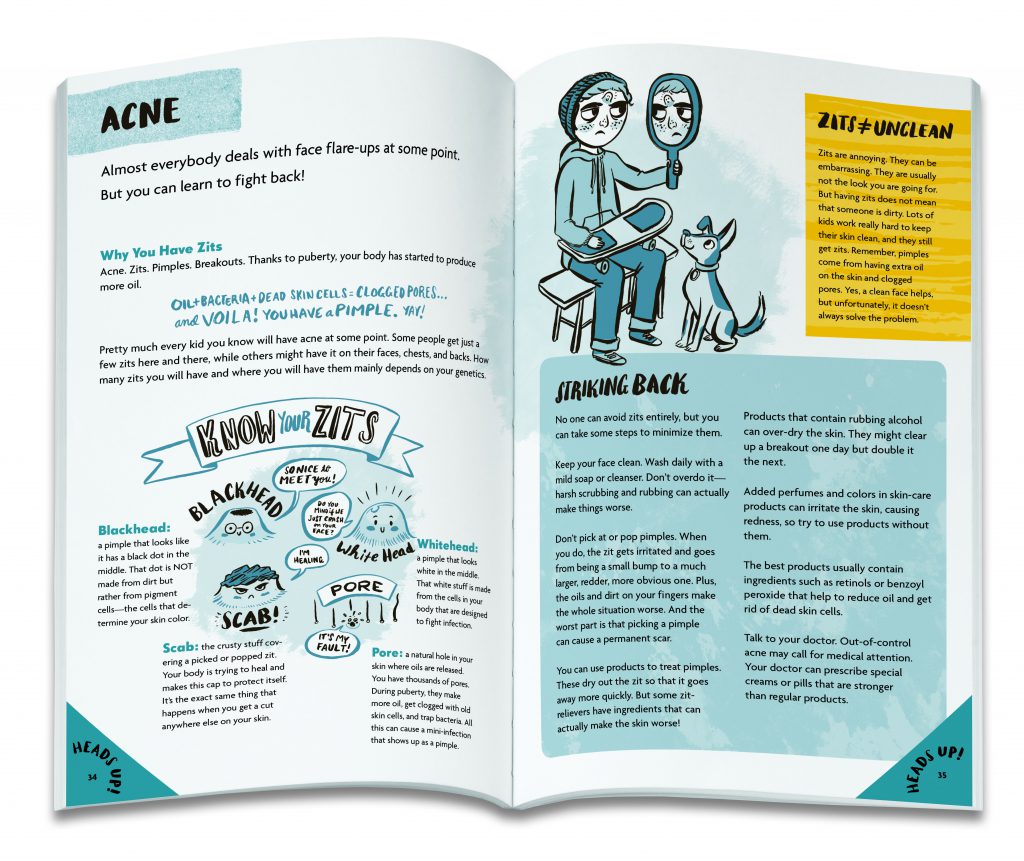
Both Dr. Natterson’s books empower kids to take responsibility for their own health. She is great at reducing gobs of medical information into actionable, practical skills. Boys will love the straight talk about the whole host of awkward changes they’re going through; by normalizing everything (from lice, to muscle tone, to feelings). Kids can handle the truth and these books give kids confidence at a time when self-esteem really matters.
Hygiene is actually fun in Dr. Natterson’s world. Guy Stuff covers essential hygiene for ears and eyes and hair with humor, and outlines the basics about vitamins and the importance of sleep. Aided by savvy illustration, it also handles erections, wet-dreams and hormonal topics with candor, and is careful to discuss physical attraction in non-binary terms.
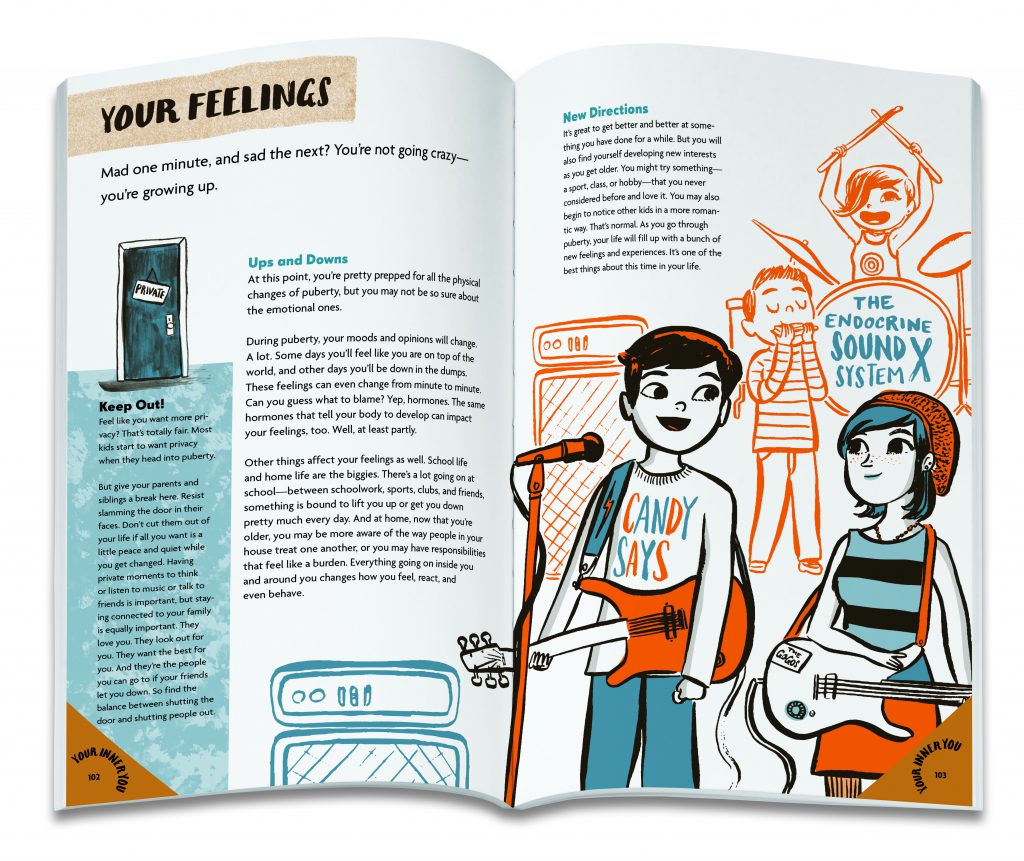
Best of all, the final chapters address wellness topics – one chapter called “Get Going” that addresses fitness, body types, and muscles and a second called “Your Inner You” that deals with feelings (including how to manage anger), bullying, peer-pressure and the importance of discovering who you are.
Here is a link to Dr. Natterson’s Amazon page, where you can learn about all the books she has written – journals and titles under the American Girl label, and others from her perspective as a pediatrician. Our favorite is Worry Proof: A Pediatrician (and Mom) Explains Which Foods, Medicines, and Chemicals to Avoid to Have Safe and Healthy Children.

